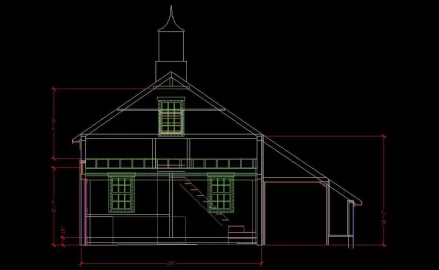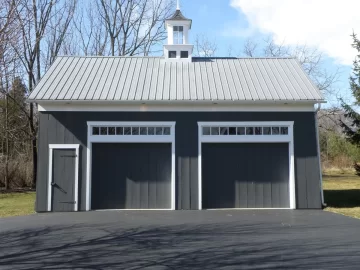Interesting...
I can't tape to the joists, because they're rough sawn. I was just going to pneumatic staple them to the furring strips and let the spray foam be the vapor barrier. I do have concerns about interior humidity reaching the underside of that cold metal roof, which is part of what steered me away from cellulose and toward closed cell foam.
Light bill? December is a big month for us... too many outside lights.
December is a big month for us... too many outside lights.
I can't tape to the joists, because they're rough sawn. I was just going to pneumatic staple them to the furring strips and let the spray foam be the vapor barrier. I do have concerns about interior humidity reaching the underside of that cold metal roof, which is part of what steered me away from cellulose and toward closed cell foam.
Light bill?
 December is a big month for us... too many outside lights.
December is a big month for us... too many outside lights.

 )
)

